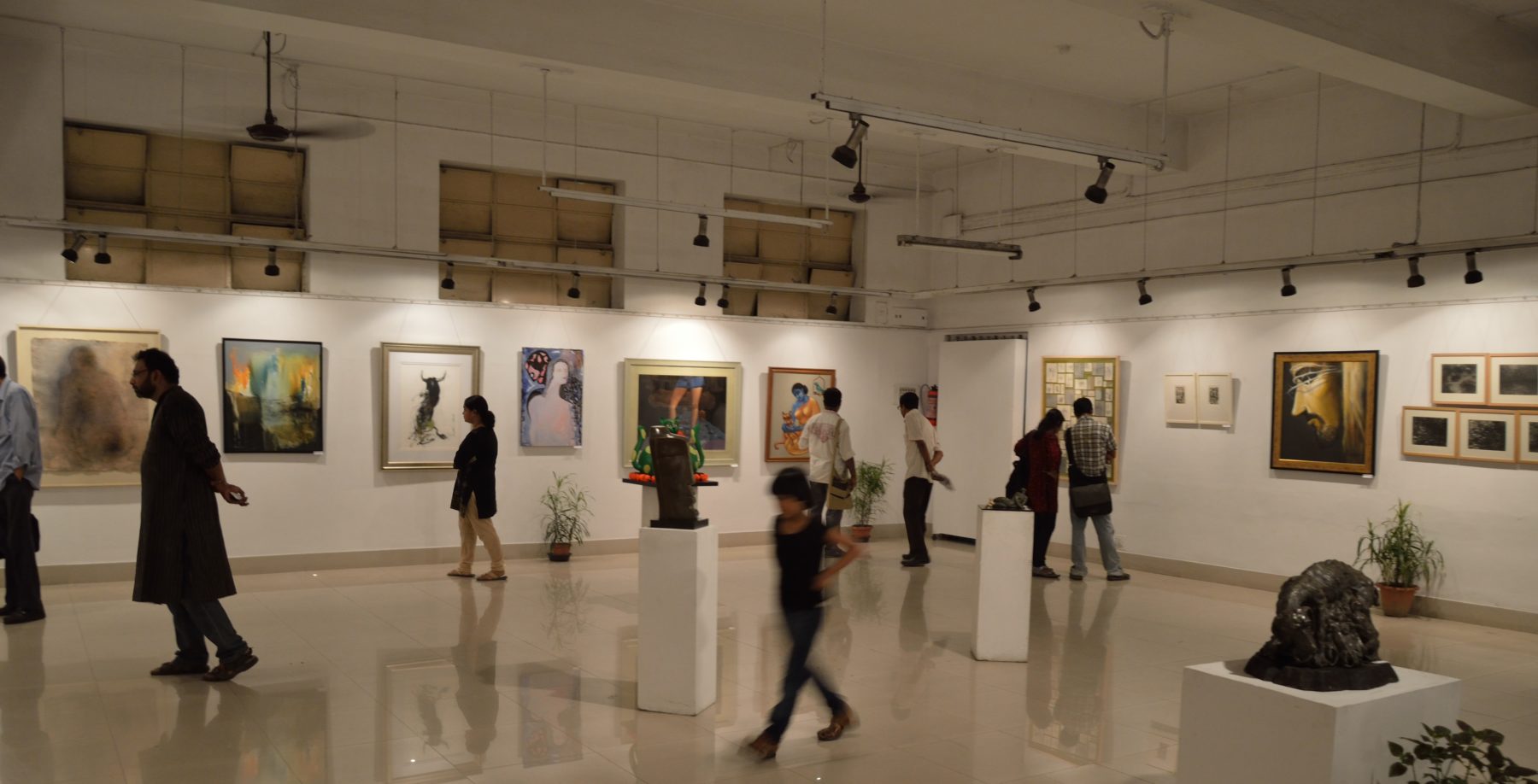1. Alexander Schlegela, et al. NeuroImage. “The Artist Emerges: Visual Art Learning Alters Neural Structure and Function.” 2015. United States.
This study investigated the impact of visual art training on young adults’ behaviour and changes in brain activity. The study found that the art students became more creative via the reorganization of prefrontal white matter but did not find any significant changes in perceptual ability or related neural activity in the art students relative to the control group.
2. Simon P. Landry and François Champoux. Brain and Cognition. “Musicians React Faster and Are Better Multisensory Integrators.” 2017. Canada.
This study aimed to investigate whether long-term musical training improves unisensory (audio or tactile) and multisensory (audio and tactile) processing capacities. It found that musical training improves ability for single and multiple sensory systems.
3. David Gerry, Andrea Unrau, and Laurel J. Trainor. Developmental Science. “Active Music Classes in Infancy Enhance Musical, Communicative and Social Development.” 2012. Canada.
To understand the developmental impact of active participation in music, this study worked with two groups of six-month old infants who attended music-based sessions with teachers and their parents. The results indicate that (1) infants can engage in meaningful musical training when appropriate pedagogical approaches are used, (2) active musical participation in infancy enhances culture-specific musical acquisition, and (3) active musical participation in infancy impacts social and communication development.
4. Paul M Camic, Sabina Hulbert, and Jeremy Kimmel. Journal of Health Psychology. “Museum Object Handling: A Health-Promoting Community-Based Activity for Dementia Care.” United Kingdom. 2017.
The authors of this study propose that the heritage sector could have a role to play in the wellbeing of people with dementia. For most people with early- to middle-stage dementia, handling museum objects in a supportive group environment increases subjective wellbeing and should be considered part of a health promotion strategy in dementia care.
5. Eleanor D. Brown, et. al. Child Development. “Can the Arts Get Under the Skin? Arts and Cortisol for Economically Disadvantaged Children.” 2016. United States
This study followed more than 300 four year-olds attending a specialised Head Start preschool program in Philadelphia that incorporated an arts enrichment program. Implications of the study concern the impact of arts on cortisol for children facing poverty risks.
